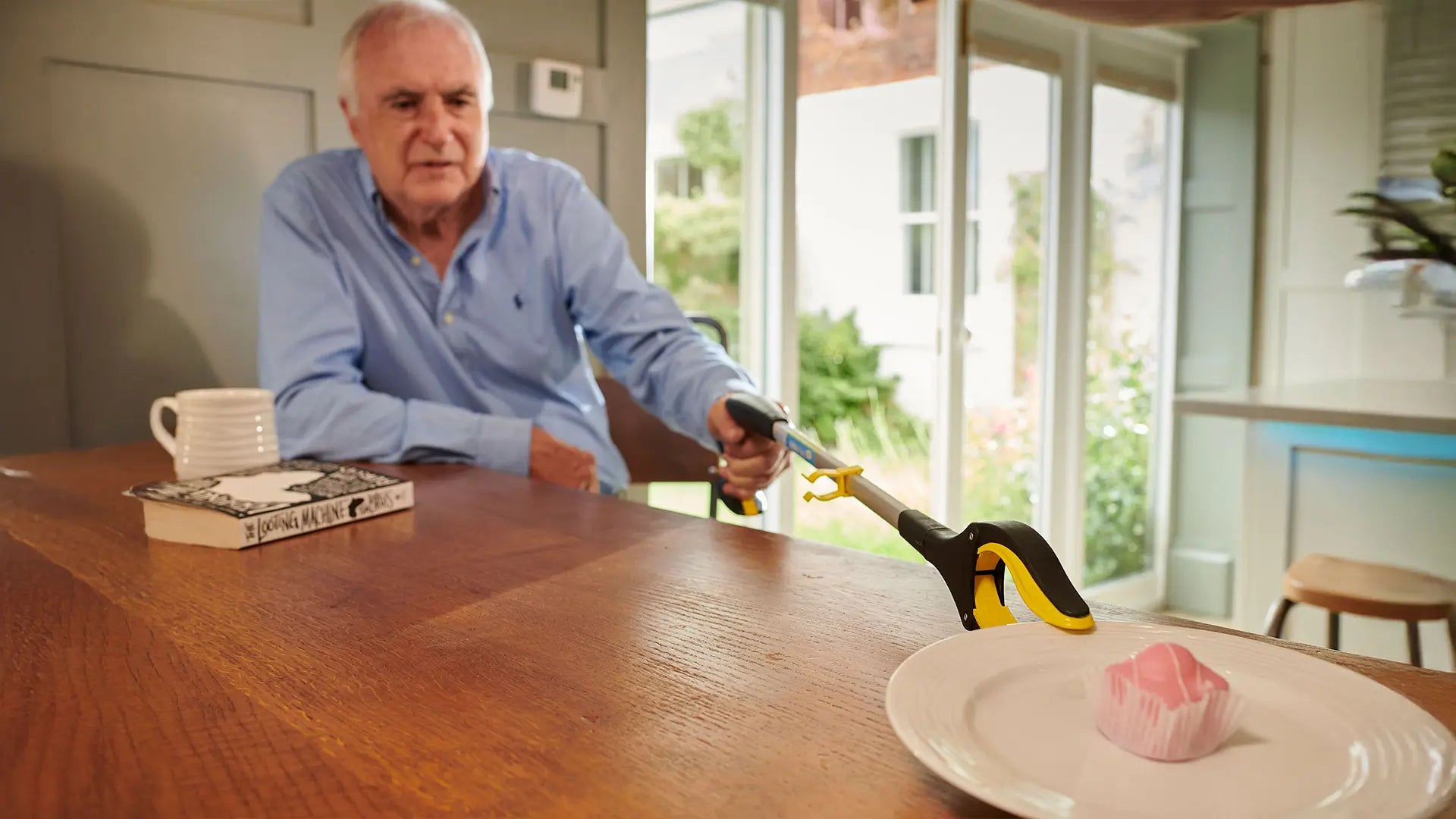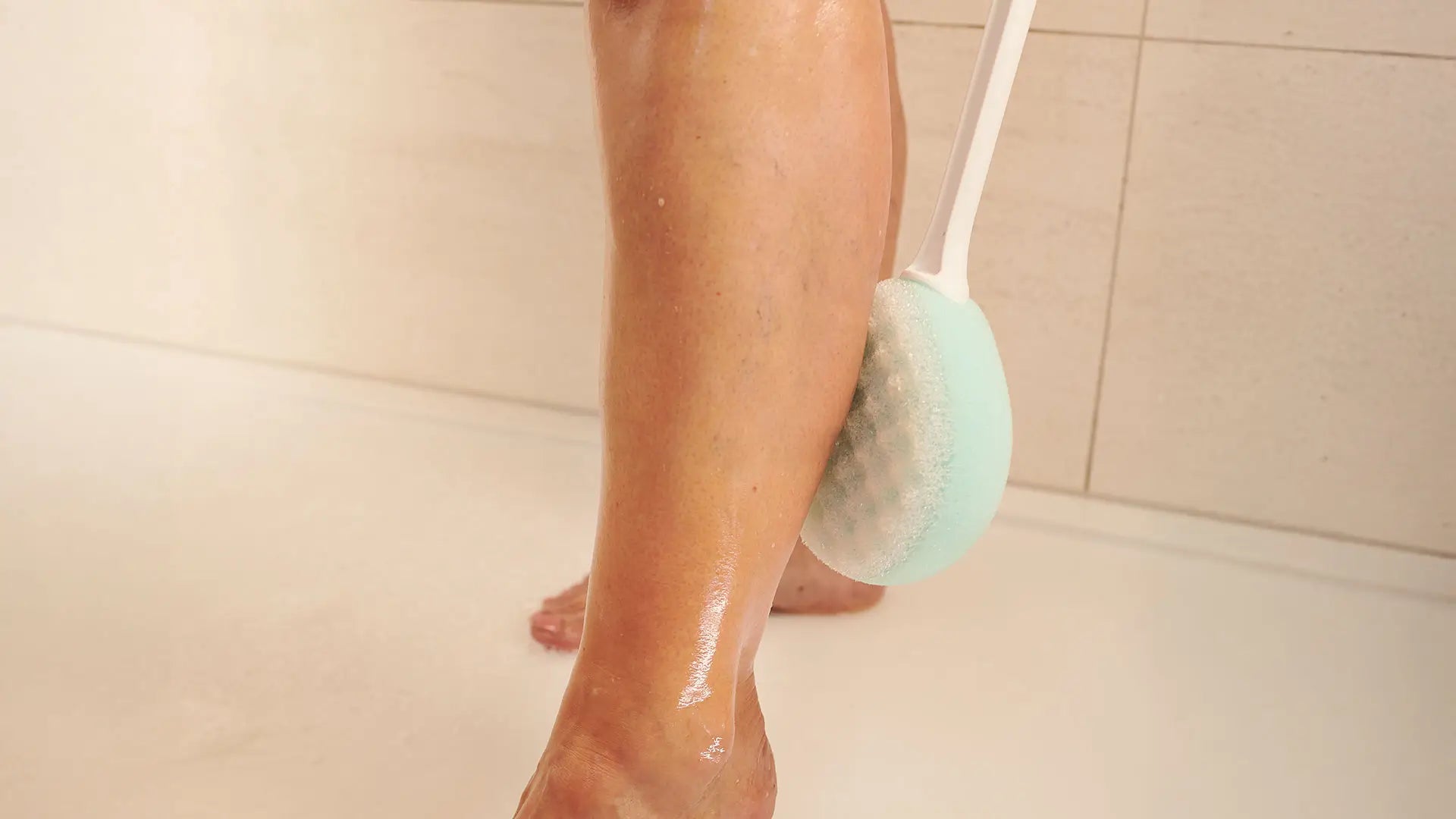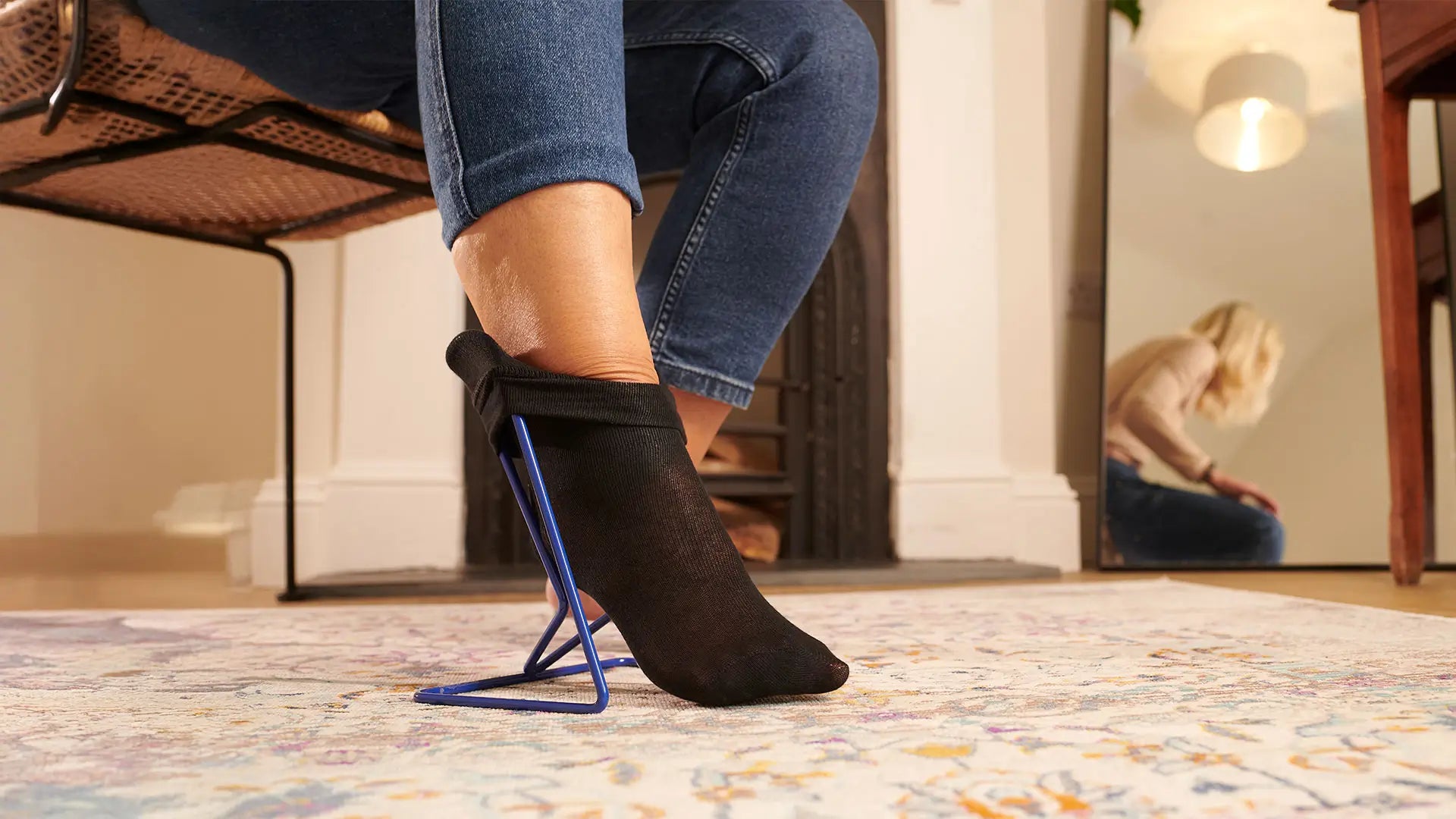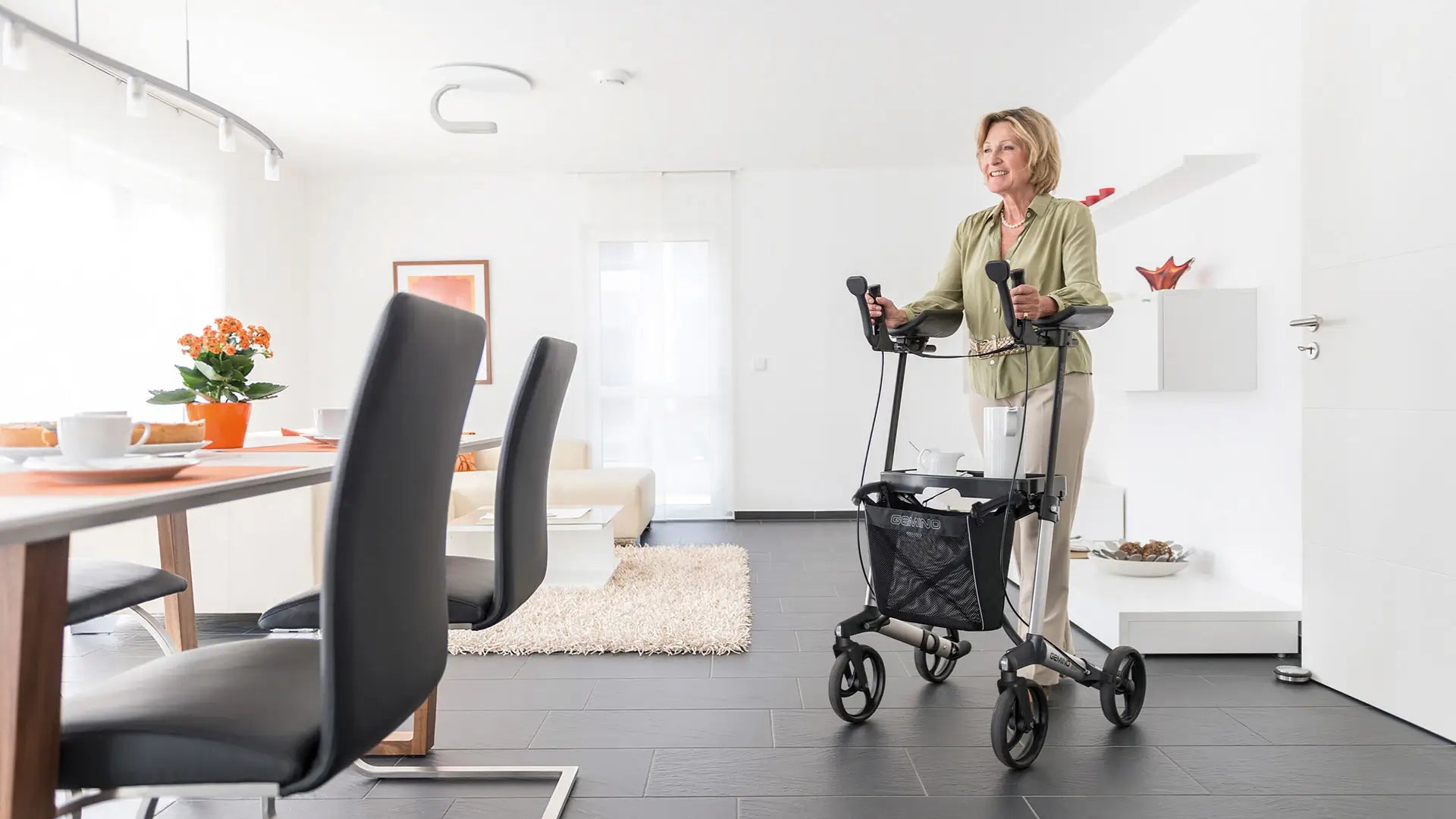Personal independence is a boost to our confidence – being able to take action and do things without waiting for support or permission from someone else. Having confidence in ourselves, with the knowledge that we can do things on our own, is important. Getting older should not stop that.
Less reliance on others
Whilst we don’t always want to have to make choices for ourselves or face challenges without somebody by our side, it is extremely empowering to know you are in control of your own life and your own choices. Maintaining personal independence is not only a question of self-dignity.
Being emotionally dependent can be stressful too. A small investment in yourself can help you make the most of your personal decisions.
Being independent can also make decision-making easier. Making choices about how you manage everyday living should not hold you back. Set personal independence as your goal.
As we get older, we need to learn how to make the best decisions that allow us to live our lives the way we want to, without being a burden to others.
Is your current lifestyle how you want your independent living to be?
As children we begin developing independence from the moment of birth. At just a couple of months old, a baby will attempt to gain mobility, and with time, develop from crawling to walking, to running.
Conversely, the natural effects of ageing can sometimes make independent living harder than it once was. You may have lived with a physical health condition for some time, your health may be getting worse, or you may have recently received a diagnosis.
Physical health conditions can impact our mental health too.
Mental well-being – it’s not just your age
Our mental health affects how we think and feel, and how we cope with life’s ups and downs.
Over recent years, we’ve all been spending more time at home and apart from family and friends. This has meant big changes to our normal routines. Difficulties with health and mobility, as well as loneliness and isolation, can contribute to a loss of independence and well-being.
What obstacles do you need to overcome to maintain how you live today?
Activities of daily living include eating, toileting, bathing and getting dressed – essential for independent survival.
Higher function activities include cooking, managing medications, managing finances, housework and home maintenance – essential for maintaining independence within our own homes.
Living alone, with a loved one, or caring for family members can all impact how you live today.
Now’s the time to get the checklist out, make a plan and start ticking things off – empowerment is as powerful a feeling as independence itself.
Practical life – developing independence in everyday life
It can be hard to find the time and energy to work on greater independence, but it’s worthwhile. Increasing your independent living skills means you are putting your long-term well-being first.
Getting dressed gets us up and moving. It helps us feel better, changes our mindset, and naturally increases what we do in a day – a small step that makes a big difference.
Sports injuries, pregnancy, falls or back problems may all make this a struggle. Arthritis, illness or surgery may also start to restrict our function and make it difficult to do the things we always used to.
Maintaining balance a challenge? Try these:
1. Sit down when getting dressed
Choose a chair with firm support and arms. Sitting on the edge of the bed can be unsteady. You may use a footstool to sit on or to place your clothes on, avoiding the need to bend down to pick them up.
2. Hold on to something sturdy for support
Many of us find it easy to lose balance when standing to pull up trousers. Keep your legs hip-width apart to give yourself more stability.
Remember: fall prevention means injury prevention too. Did you know, over 82% of customers who buy a Helping Hand Reacher/Grabber use it for dressing?
Falling as we get older is common. Although most falls don’t cause serious injury, they can leave us feeling distressed. The good news is there are lots of things you can do to stay steady on your feet – for more information, read another of our helpful guides: Avoiding falls.
Recovering from a stroke – reduced function on one side?
1. Alter clothing to make it easier to put on and take off
- Change small buttons to larger, shaped buttons that are easier to hold.
- Replace buttons with Velcro.
- Remember, not all buttons need to be undone to put on or remove clothing.
2. Refresh your wardrobe but not your style
- Today it’s much easier to find clothing with elastic waistbands – quick and easy to pull on without fiddly zippers or buttons.
- Avoid back-fastening or tight-fitting garments.
- Be aware of loose or long trailing clothes that might catch on door handles or trip you up.
- Check out the adaptive clothing range from Able2Wear.
3. Lead with your stiffer side
If one arm or leg is stiffer, lead with it first, using your stronger side to help when getting dressed. When undressing, simply reverse the process, starting with your stronger side.
Recovering from a stroke, you may have adapted how you get dressed using just one hand. We’ve put together a collection of helpful products especially for you.
4. Wear well-fitted, supportive shoes
- Slip-on shoes and trainers with no fastenings.
- Convert favourite leather shoes with elastic laces – no need to buy new ones.
- Socks may be comfortable but can present a slip risk. Avoid walking on slippery floors in socks or tights.
- If shoes are uncomfortable to wear all the time, look out for non-slip socks with grips on the soles.
Help getting dressed – working together as a team
- Prepare clothes in advance – the person helping you could fasten some of the buttons of a blouse or cardigan so you can slip it over your head yourself.
- Discuss your plans for the following day and choose what to wear in advance. Before bedtime, lay out your clothes in readiness. Putting them in the right order and right side out will also help.
- Allow plenty of time. Hurrying can be painful and confusing. Ensure there is enough light so you can both see clearly.
Struggling with basic tasks like putting on socks, coats or shoes, or reaching for a jar from a cupboard, can be frustrating and waste valuable time and energy. That time and energy is better spent enjoying your life.
We’re here to help you help yourself and keep living life to the full. No one works harder to make daily living easier.






Share:
Maintaining personal care routines